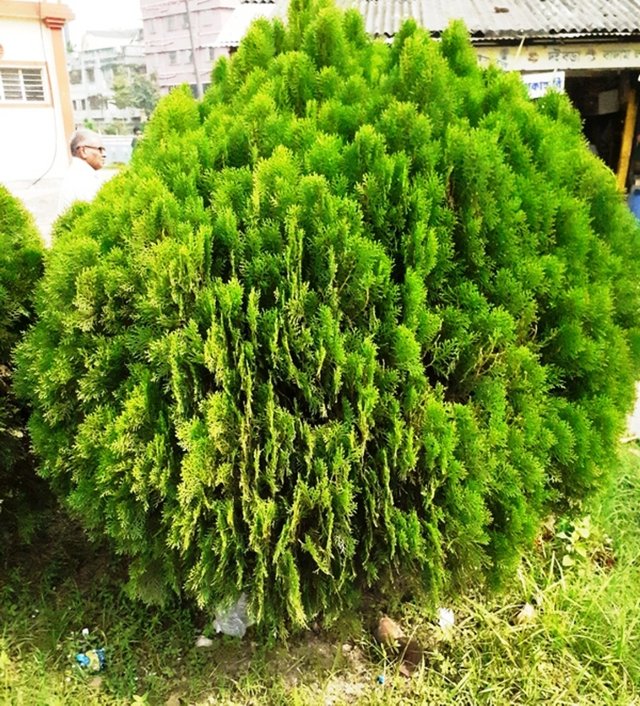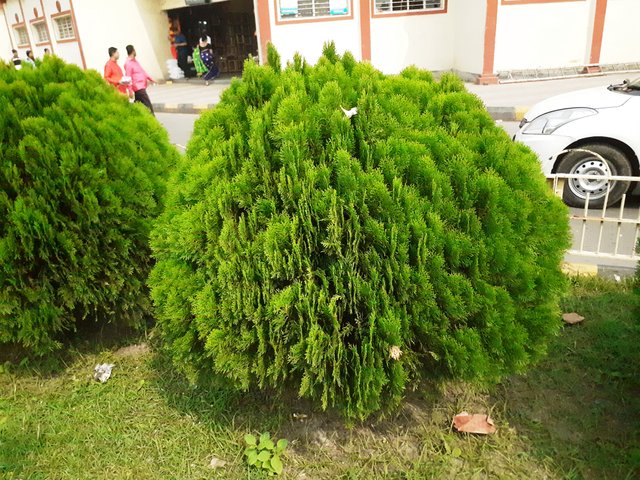The Thuja Tree.


Galaxy M20
The Thuja Tree
30.06.2020
These are thuja trees. This thuja Cupressaceae is a species of coniferous tree. The Thuja tree belongs to the coniferae family. This thuja tree has a common name, it is Arbor vitae. This arbor vitae has a literal meaning which we call in Bengali 'tree of life'.
These thuja trees are very beautiful to look at, their leaves are very slender and many leaves are gathered together to form the tree like a bunch. These trees can be planted around the garden or in front of the gate of the house.
It enhances the beauty of the front of the house gate and the garden. The leaves of this thuja tree are evergreen. I woke up very early one morning to worship at the Dakshineswar Kali Temple in our North 24 Parganas of West Bengal and after the worship I headed home, just then I saw this evergreen leafy thuja tree outside the temple.
This thuja tree looks amazing to me as soon as I see it at that moment and then I capture this amazing looking thuja tree with the camera of my phone.
At first I was unfamiliar with this thuja species of tree. So one day I went to college and asked a teacher in the botany department for details about this thuja tree. Then he explained to me all the details about this thuja tree with careful details, then I gained complete knowledge about this thuja tree with the help of my teacher.
So here I am trying to highlight a little bit about this. The leaves and leaf oil of this thuja tree are used as medicine. The oil from the leaves of this thuja tree is used for respiratory tract infections, such as bronchitis, skin infections and many other problems.
This thuja is used as a flavoring in foods and beverages. This thuja is again used as a beautiful fragrance in cosmetics and soaps. This thuja tree forms the basis of homeopathic remedies.
This thuja tree consists of 5 species, two of which are native to our eastern region of Asia and the other three are located outside Asia. This thuja tree grows up to 20-50 feet in height.
Thuja Occidentalis acts on skin, blood, gastro-intestinal tract, kidneys, and brain. Thuja Occidentalis's relation to the production of pathological vegetations condylomata, warty excrescences, spongy tumors is very important.